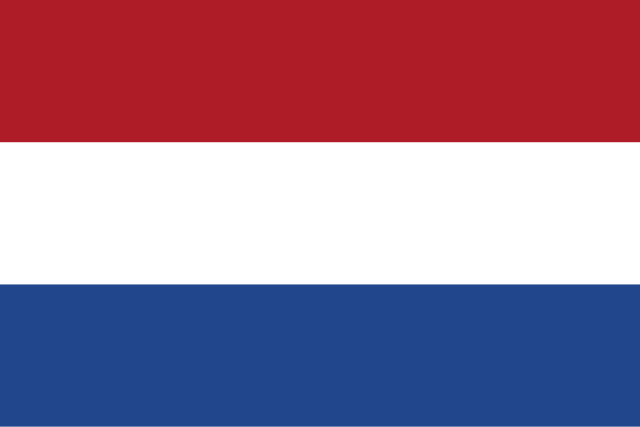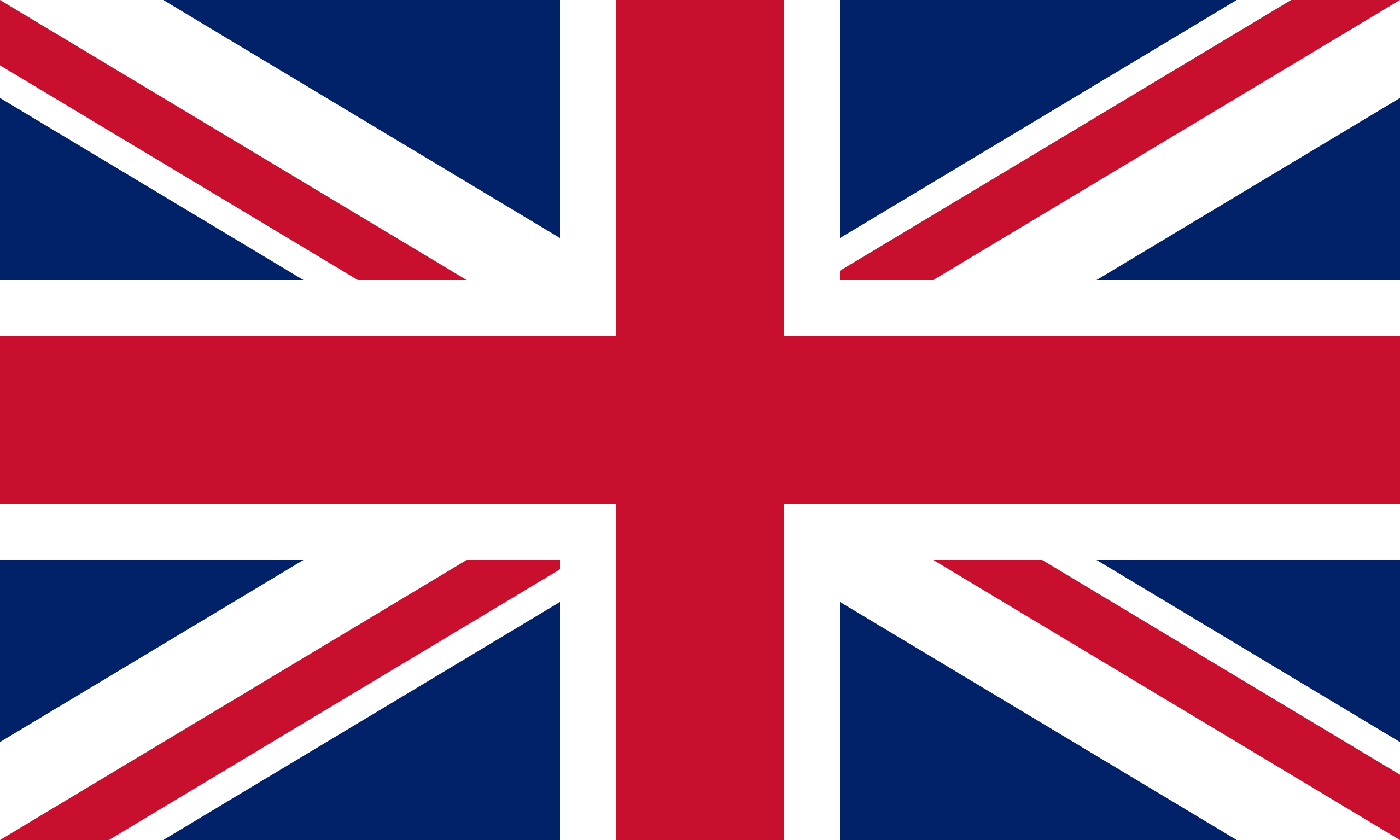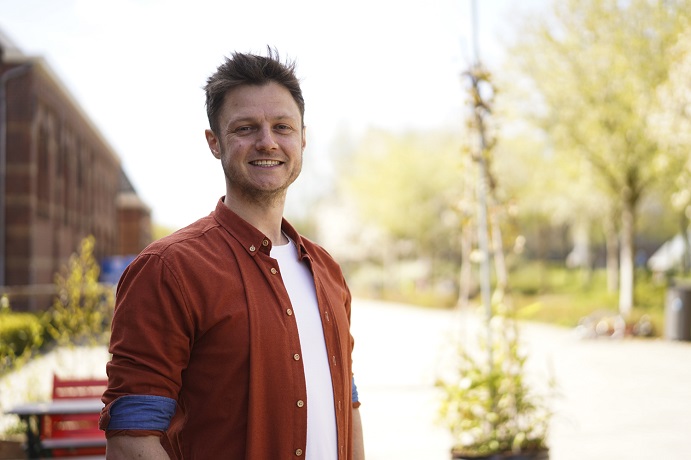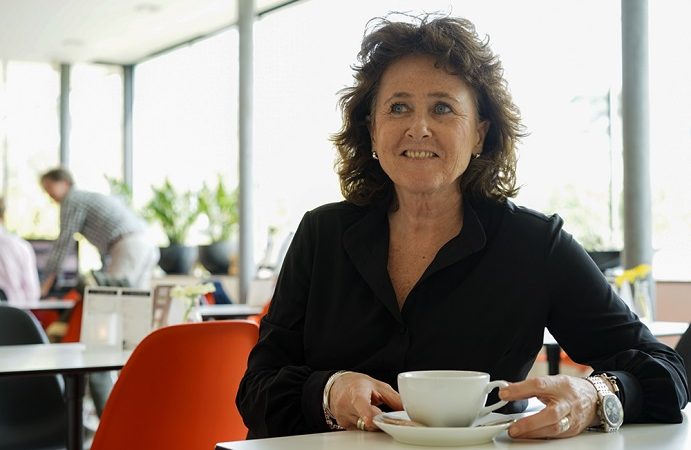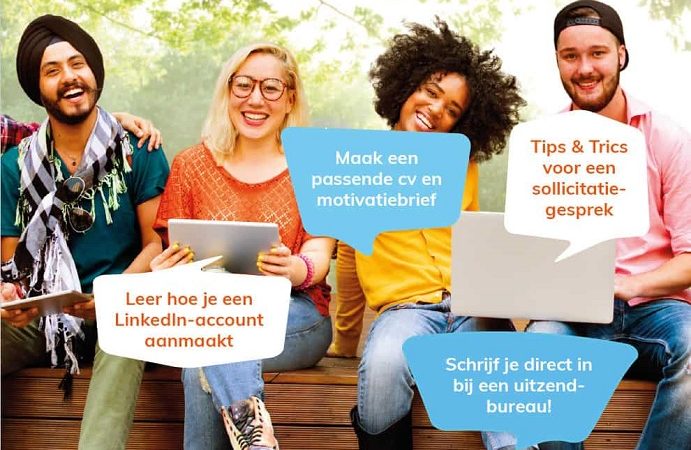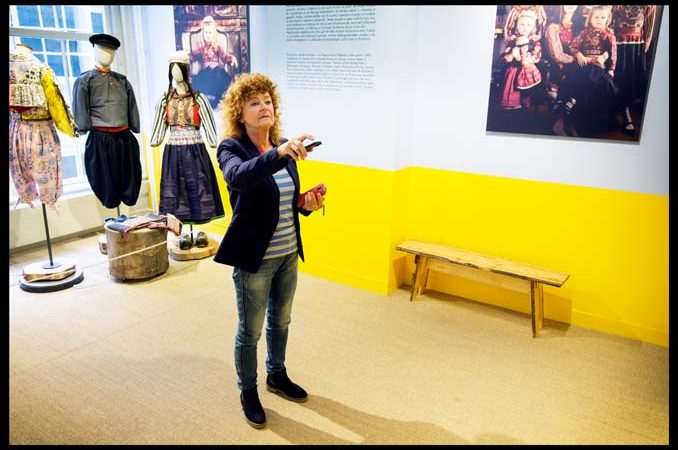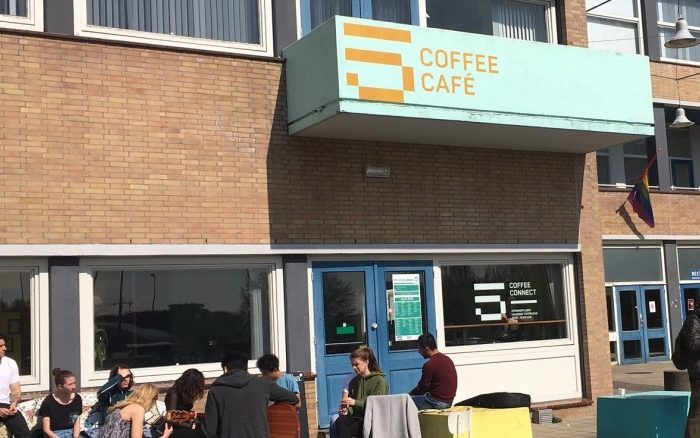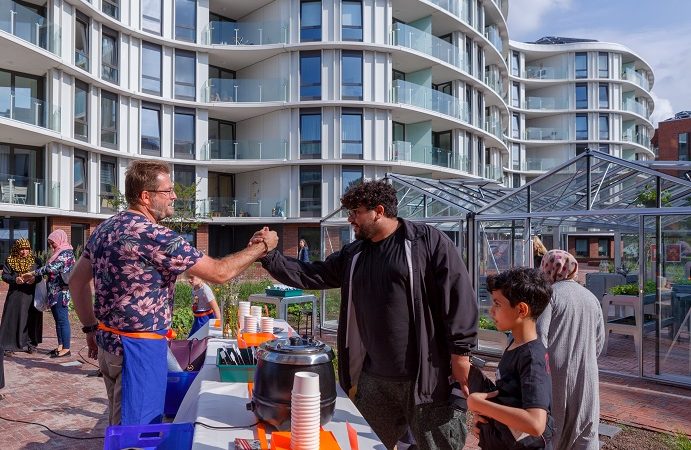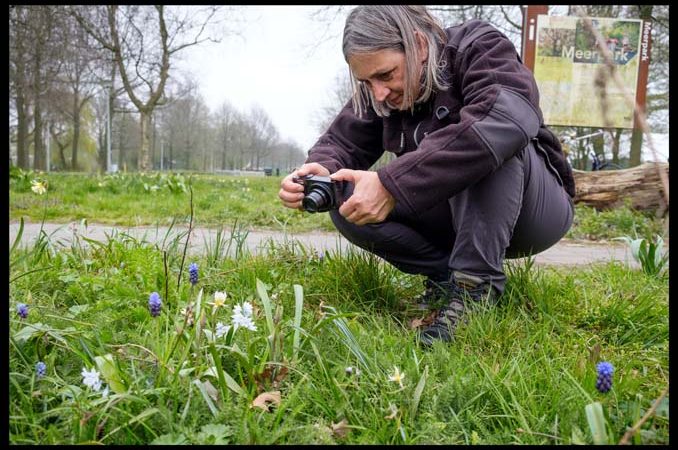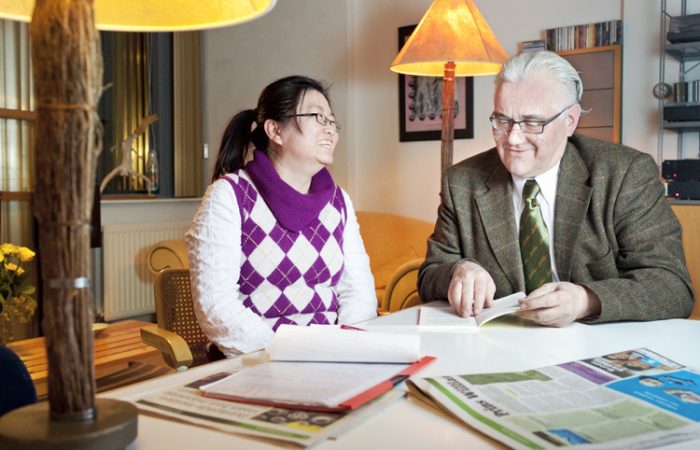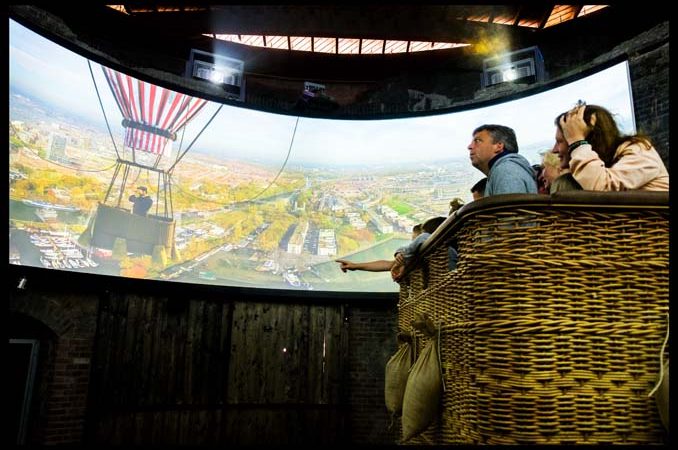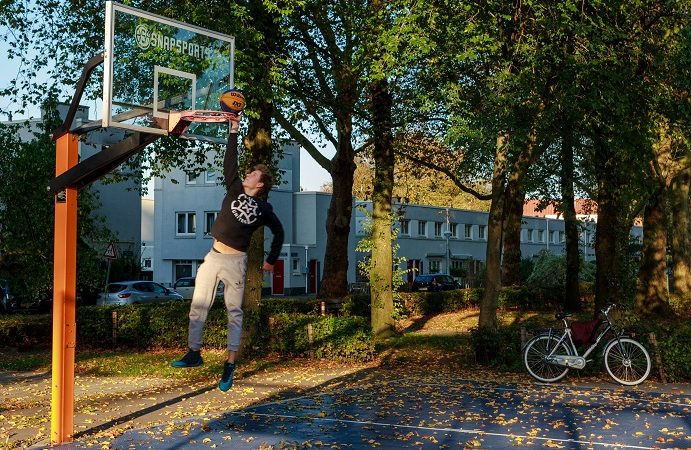Ilse: “Sometimes people are very sad and they go out the door with a smile.”
Saving Lives as a First Aid Educator
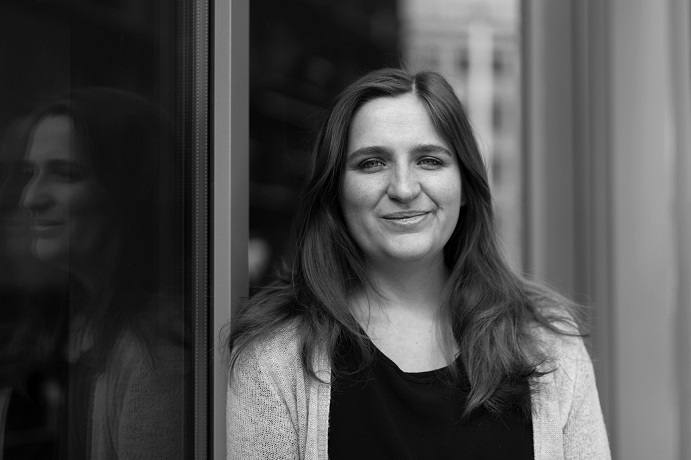
Helping people is what Karlijn has always wanted to do. A first aid course was the beginning, and shortly after that, she started as a first aid educator at the Red Cross. Later on, she also got involved in event and emergency assistance, and now she has been a volunteer for over seven years. All this while working full-time as a social psychology PhD candidate in Tilburg.Her target audiences are both children and adults. Through her volunteer work, she has already visited many primary schools and community centers in Amsterdam. She has no intention of stopping, as she finds it too enjoyable. She plans to continue doing this work, even if it means doing it from behind her walker if that time comes. What makes this work so worthwhile for her?
Step out of your bubble
Karlijn: “It’s simply important work, you can save lives with it. And you receive a lot of appreciation, it’s nice to see all those happy faces after an information session. That makes it not feel like work to me or like I should be paid for it. For me, it’s also an environment where I come into contact with all layers of the population. Very valuable, because as a PhD candidate, you can easily stay in your highly educated bubble.”
Flexible scheduling
Karlijn works full-time as a PhD candidate in social psychology at Tilburg University. On average, she spends one day a week on her volunteer work at the Red Cross. Quite intense, how does she combine that? Karlijn: “I start very early, at a quarter past 6 I’m already on the train to Tilburg. This way, I can also go home early so I still have a long evening. And I can work from home, which makes me flexible. When I give a presentation, I can decide for myself; so if it’s too busy at work or in my private life, then I simply schedule myself less.”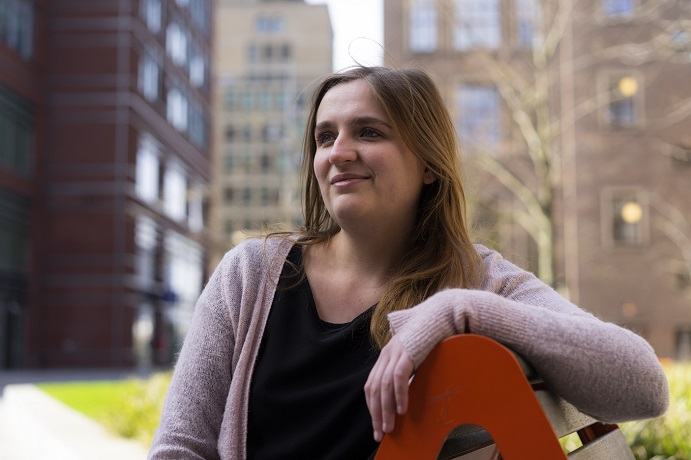
Laughing out loud and learning
What does such a first aid training actually look like? Karlijn: “We make it quite an interactive session. There is a quiz about what to do in common household accidents to engage the group. Think of hot stoves, a pan on the stove, or medicines accessible to children. Usually, there are two of us, so we can also demonstrate together how to place someone in a stable side position or apply a bandage. Of course, they can also practice themselves. Afterwards, it’s a colorful collection of ‘fake casualties’ with bandages in the strangest places, always fun for a group photo.”
Brothers save their grandma
If the group has more self-confidence in providing help afterwards, they are satisfied. “That people no longer find first aid ‘scary’ after such an information session, maybe even decide to take a course themselves. The most important thing is that they know that they can always.”somethingbe able to take action in emergencies, not have to passively watch. They can ensure that a doctor or ambulance arrives by being brave enough to call 112.this videoFor example, you can see how two brothers aged 5 and 7 saved the life of their unconscious grandmother. They called the emergency number and were able to clearly explain the situation, which allowed help to arrive quickly. That’s what we do it for.Interview: Sonja Remkes
Photos: Jackie Mulder
Are you excited?
The Red Cross is still looking for volunteers. Do you have an affinity for first aid and would you like to regularly provide information at primary schools or community centers in Amsterdam? Check outhereJob vacancy.
All volunteer opportunities throughout Amsterdam (about 1500).You are here.
